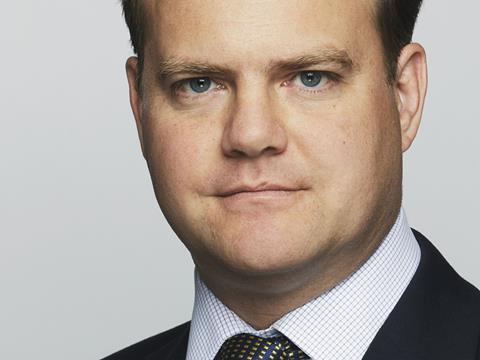
Waitrose managing director Rob Collins has pledged to “turbocharge” investment in existing Waitrose stores in order to stem falling sales.
Gross sales at the retailer grew 2.2% in the first half up to 30 July, but like-for-likes were down 1%.
It attracted an average of 250,000 more customer transactions a week, compared with the same period last year. Online sales, which account for 5% of total sales, grew by 4.3%.
“We are aiming to turbocharge our investment in our existing estate”
Rob Collins, Waitrose MD
Operating profit was down by 10.5% to £121.3m, affected by investment in IT, increases in pay and supply chain costs at its new national distribution centre in Milton Keynes.
Profits were also hit by a £25m writedown of seven properties, which Waitrose was no longer going to develop as supermarkets over coming years.
“In terms of Modern Waitrose we are aiming to turbocharge our investment in our existing estate and an important part of that is hospitality,” Collins told The Grocer. “The UK food-to-go market in 2015 was up nearly 7%, so it’s a vast, growing area of the market and we have had a strategy now for the last three years where we have been aiming to grab a larger part of that market.”
Waitrose’s hospitality sales rose by more than 7% in the first half across 121 in-store cafés, 81 bakery grazing areas, seven wine bars and nine juice bars.
Food to go
Collins said the positive growth in food-to-go concepts was “really encouraging” and giving significant “halos” to the rest of the shops.
“An important part of our strategy in continuing to develop Modern Waitrose, which we have been doing successfully in recent years, is making our existing shops even more compelling and even more convenient to shop,” he said.
“That means we will be shifting a significant proportion of our investment away from opening new space and putting a bigger proportion into our existing shops and our absolute focus there is driving improvement in our like-for-like sales.”
“We are seeing the trend, as is the market, of smaller baskets but more frequent shops”
Rob Collins, Waitrose MD
Collins said falling like-for-likes reflected the changing dynamics of food retailing.
“We are seeing the trend, as is the market, of smaller baskets but more frequent shops,” he said.
However, the picture of falling sales had improved recently from -1.3% in Q1 and -0.7% in Q2 to +1.4% in the past six weeks, Collins pointed out.
This was partly explained by the success of the Waitrose 1 premium range, which launched in May, and saw sales up 19.4% compared with the sales last year of the ranges it now included. Collins described Waitrose 1’s acceleration as “exciting” and on a par to the growth of essential Waitrose when it launched in 2009.
Focus on profitability
He added Waitrose also intended to continue with a “big focus” on growing the profitability of its online offer.
“We have put a very big focus on growing the profitability of that business built on the progress we have made last year and we have seen a really significant shift.”
Waitrose opened five supermarkets and two Little Waitroses in the first half and closed one. It intends to open two more supermarkets next year and five Little Waitroses but was also carrying out cost management and efficiency drives to keep costs down.
Collins and chairman of the John Lewis Partnership, Sir Charlie Mayfield, said they were confident in having the right ranges in place “to trade well” at Christmas, which was all-important overall.
In the longer term, JLP was committed to creating “better jobs for better-performing partners on better pay”, in line with the changing retailing environment, which Mayfield said could see job losses, although these would be in a “gradual way” with others being created as stores opened.







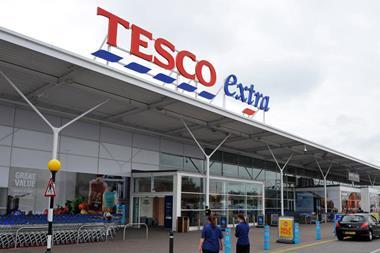
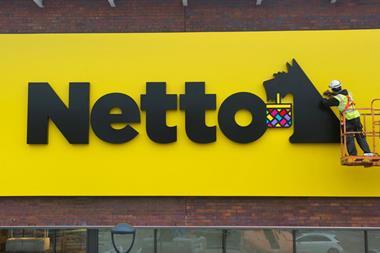
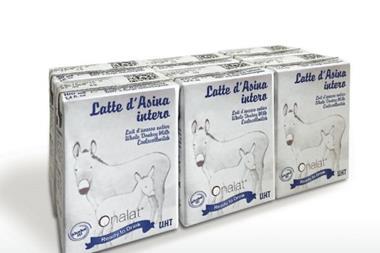
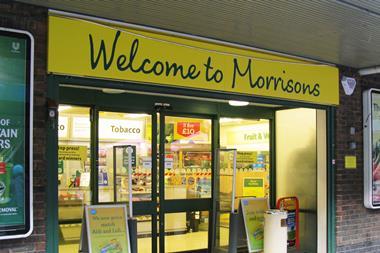
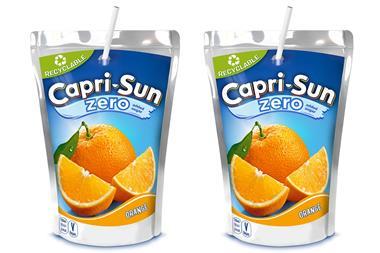
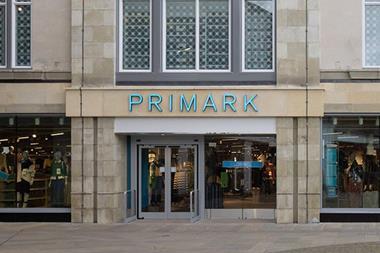
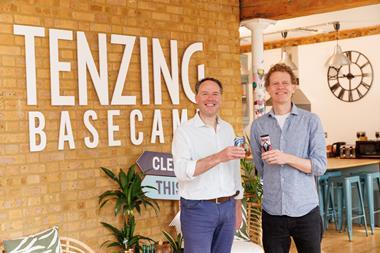
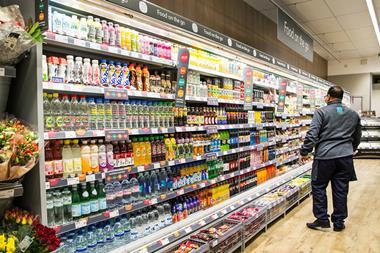
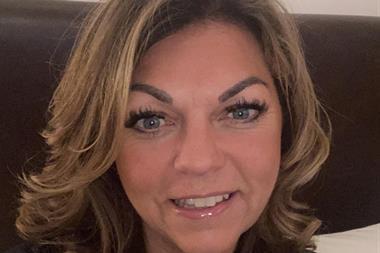
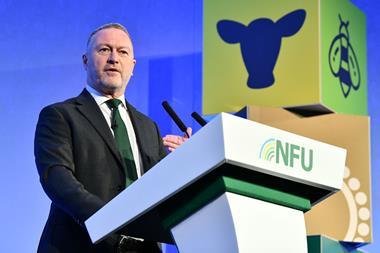
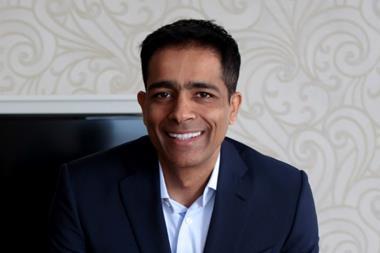

No comments yet